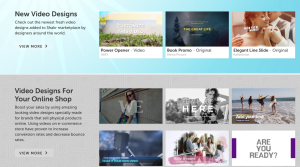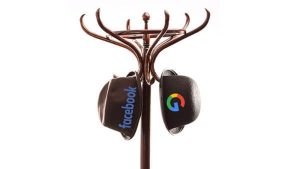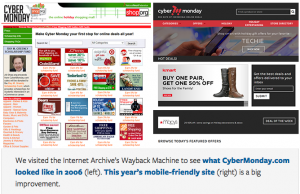Instacart Adds CPG Brand Pages, Suite Of Display Ad Products
Instacart on Wednesday introduced its first display ad units, as well as branded pages that serve as the hub for consumer product goods and food brands on the site.
The units are free, and present an opportunity for marketers to highlight products and add storytelling in their style, rather than use clipped-item descriptions that shoppers see in their Instacart feed.
The brand pages allow CPG brands to drive consumers on and off Instacart to a curated, shoppable destination where consumers can explore products from favorite retailers.
Consumers can purchase items directly from brand pages, which show the products in stock from their last virtual shopping trip.
Breyers, Kidfresh, Klondike, Milton’s Craft Bakers, Talenti, and Tillamook are among the first CPG advertisers to use Instacart Ads’ new products.
Instacart’s sponsored product offering, together with the brand pages and suite of display products, give brands more choices because “some people head straight for a specific aisle to browse, and some start with the Buy It Again carousel displayed on the storefront to get their favorite go-to items, while others have a list of items already in mind or might use the search function to find inspiration,” Ryan Mayward, vice president of ad sales at Instacart, wrote in a post.
The display ads are sold separately from Sponsored Product search ad units sold as pay per click. The action-based display ads appear at the page and in the side bar and are sold on a CPM basis. The banner ads can be placed throughout the experience, from keyword search through browsing storefronts, departments, and aisles on Instacart
Display ads also enable brands to reach new customers with custom targeting based on anonymized purchase behavior or specific keywords.
The company said its ad options drive bigger basket sizes for retailers and help advertisers engage with customers online directly at the point of purchase.
Similar to search ads that serve up across Google and Bing, items for sale on an Instacart without ads would like be more expensive for consumers, less effective for brands looking to speak to those consumers, and ultimately less effective for retailers.
Instacart says it offers self-service and managed ad services for more than 4,000 CPG brands. The company also partners with providers that have built campaign management and optimization applications with the Instacart Ads API.
The two new features—brand pages and display ads—are part of the Ads Manager platform, Instacart Ads self-service portal that provides reporting to gain anonymized and retailer-agnostic data, shopping behaviors, and trends to help advertisers reach goals with custom budgets and schedules.
Instacart has been on a roll. The company ranked No. 1 in overall positive momentum in search results for the past four weeks, according to Google Trends data pulled by Baird Equity Research Analyst Colin Sebastian.
Instacart orders grew by 30% year-over-year, as the company introduced new services like Virtual Convenience.
The Convenience business has more than doubled since June, as the company expanded that offering with the launch of Convenience Hub and Virtual Convenience offerings with retailers including Kroger, Publix and Ahold Delhaize.
(20)






